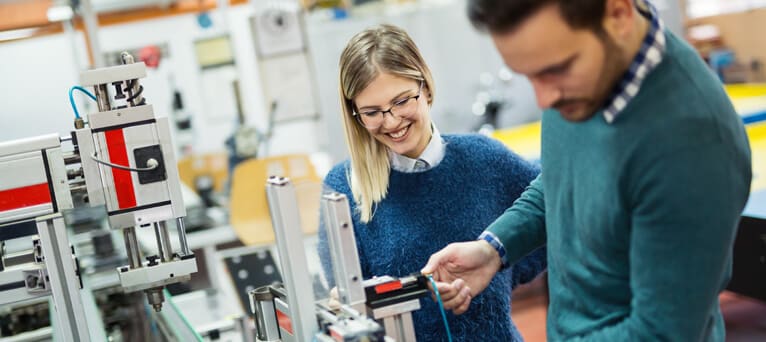Research Group
Biomedical Research Group
Proposed supervisory team
Dr Joseph Bird
Dr Grisha Pirianov
Theme
Cardiovascular
Summary of the research project
Atherosclerosis is a disease of the arteries which develops from localised inflammation in the artery wall. This occurs concomitant with a build-up of fatty deposits, dead cells and mineral deposits at these sites. Everyone develops some degree of atherosclerosis and overtime, depending on genetic and lifestyle factors such as a fatty diet and exercise, these lesions can become weak and rupture. A ruptured lesion will cause localised blood clotting. These clots can break away from the vessel wall and migrate with the blood flow to smaller arteries where blockage can occur, causing vascular diseases such as heart attacks, stroke and peripheral limb ischaemia. Currently, 420 people a day in the UK will die from cardiovascular diseases, with 7 million people living with the consequences of the disease.
Atherosclerotic inflammation and mineralisation are considered to be the end points of the development of atherosclerotic lesions. Thus, these two processes have the potential to be used as markers of atherosclerotic lesions likely to rupture, and may help in indicating patients at risk of developing the clinical consequences (heart attack and stroke). The mineral deposits in atherosclerotic lesions are formed from calcium hydroxyapatite deposition in a manner similar to bone formation. Bone material is produced by osteoblasts and osteoblast-like cells have been found in atherosclerotic lesions. These cells are thought to arise by the transformation of the resident vascular smooth muscle cells to an osteoblast-like phenotype. However, the biological processes regulating the cell transformation and subsequent mineralisation remain unclear.
Main goal
This project will investigate novel mechanisms by which mineralisation occurs during the development of atherosclerosis and in particular, the role that localised inflammation plays in this process. The main objectives are to:
- Investigate the factors which induce vascular smooth muscle cells to adopt an osteoblast-like phenotype.
- Investigate the signalling pathways which regulate the change in phenotype.
Research methods will include cell culture studies and biochemical assays including Western blotting, ELISA and qPCR analysis.
Outcomes
The expected outcome is an improved understanding of the processes by which vascular smooth muscle cells are induced to adopt an osteoblast-like phenotype and in particular, the signalling mechanisms involved.
Where you'll study
Cambridge
Funding
This project is self-funded.
Details of studentships for which funding is available are selected by a competitive process and are advertised on our jobs website as they become available.
Next steps
If you wish to be considered for this project, you will need to apply for our Biomedical Science PhD. In the section of the application form entitled 'Outline research proposal', please quote the above title and include a research proposal.

 Continue with Facebook
Continue with Facebook



